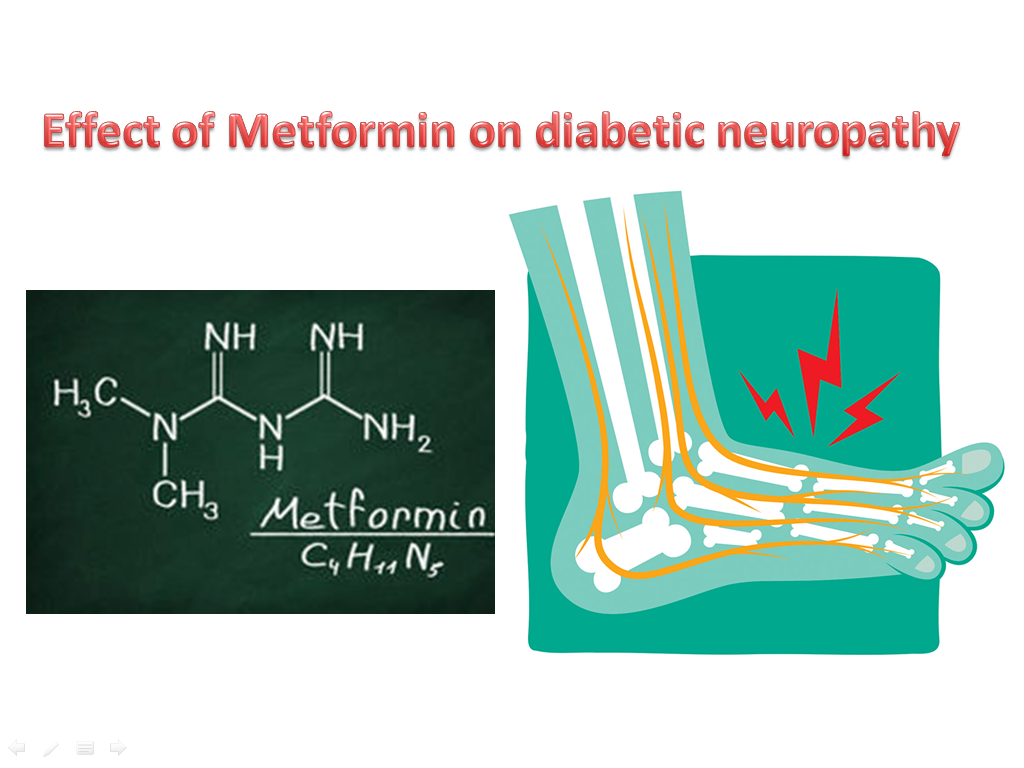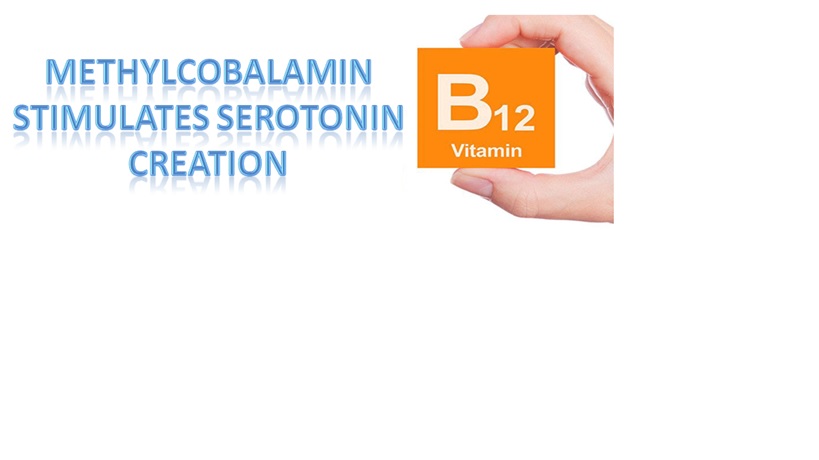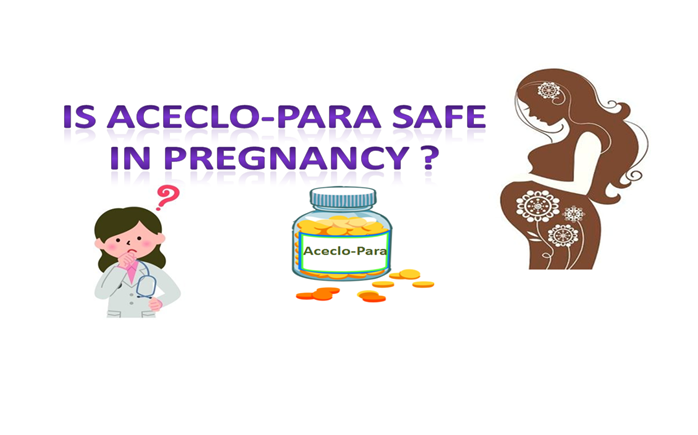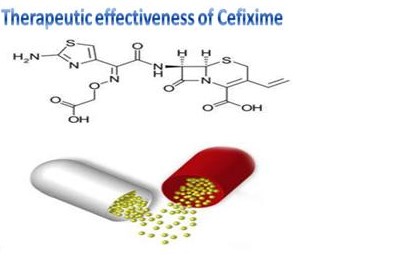Diabetic Neuropathy and its Management
About more than a half of population in India suffers from diabetes mellitus nowadays. Out of which, most of them are grappled with its complications like diabetic retinopathy, diabetic nephropathy and diabetic neuropathy etc. The diabetic neuropathy is the most prevalent and common complication found amongst all. This complication can range from merely aggravating to disabling or even life-threatening. It can lead to dysfunction or sometimes amputation of the particular body part. The elevated blood glucose level found to be the major factor responsible for diabetic neuropathy.
There are several mechanisms which lead to diabetic neuropathy. The prolonged condition of hyperglycemia triggers several factors like the polyol pathway, advanced glycation product, polymerase pathway and oxidative stress etc. All these factors lead to the destruction of nerve tissue which further becomes a reason for amputation of the damaged body part.
The symptoms of diabetic neuropathy are:
- Tingling
- Buzzing and prickling sensation on the feet
- Hot and cold sensation
- Loss of knee reflex
- Proximal leg weakness
- Numbness or paraesthesia
- Sharp pain or cramps
- Loss of balance and coordination
- Serious foot problems, such as ulcers, infections, deformities and bone and joint pain
The degree and duration of hyperglycemia is the major risk factor of diabetic neuropathy. Insulin resistance is also associated with the endothelial dysfunction that leads to diabetic neuropathy. Moreover, several other risk factors for diabetic neuropathy are the low level of HDLP, cigarette smoking and hypertension etc.
Metformin is an antidiabetic drug which belongs to subclass biguanide. It is mostly employed in the treatment of type 2 diabetes. This medication is used to decrease hepatic glucose production, to decrease glucose absorption and to increase target cell insulin sensitivity. An increased level of glucose elevates the level of an advanced glycation end product in blood. The advanced glycation end products are harmful compounds that are formed when protein or fat combine with sugar in the bloodstream. These compounds accumulate and damage the nerve tissue, which ultimately leads to neuropathy. It has been found in several studies that metformin is capable to reduce the amount advanced glycation end product.
Diabetes-induced oxidative stress is also one of the major cause of neuropathy. Oxidative stress is defined as the excess formation and insufficient removal of a highly reactive molecule such as reactive oxygen species and reactive nitrogen species. In diabetes, the antioxidant enzyme level is reduced in peripheral nerves due to oxidative stress. The elevated level of reactive oxygen species contributes to nerve damage. Metformin also has proved for scavenging reactive oxygen and hydroxyl species. The in vitro and in vivo studies proved the fact that metformin reduces the oxidative stress as well as increase the superoxide dismutase activity. Superoxide dismutase is an enzyme that alternately catalyzes the dismutation or partitioning of the superoxide (O2−) radical into either ordinary molecular oxygen (O2) or hydrogen peroxide (H2O2).
Hence, Metformin is very much effective in diabetic neuropathy. It lowers the blood glucose level as well as also contributes in the removal of oxidative stress and decrease the level of advanced glycation end products in the blood, which regarded as the prime factors responsible for diabetic neuropathy.
These days many Pharmaceutical manufacturing companies are promoting metformin and glimepiride combinations to help patients to fight diabetes and its complications. It is very crucial that third party manufacturing or contract manufacturing of Metformin and its combinations must be of high quality with accurate dissolution profile. They must meet new quality standards established by the Government. The critical point of third-party manufacturing of Metformin and Glimiperide combination are as follows :
- Both the drugs should be analysed while dissolution testing.
- Bi-layered tablets are the one which matches government analytical recommendations.
- Drug content should be uniform.
References
https://www.sciencedirect.com/science/article/pii/S0014299999003428
https://www.sciencedirect.com/science/article/pii/S001429991530073X
https://www.sciencedirect.com/science/article/pii/S0168822710005826
https://www.sciencedirect.com/science/article/pii/S0026049503000064
https://www.mayoclinic.org/diseases-conditions/diabetic-neuropathy/symptoms-causes/syc-20371580
https://www.webmd.com/diabetes/diabetes-neuropathy#1
https://www.healthline.com/health/metformin-oral-tablet






Recent Comments